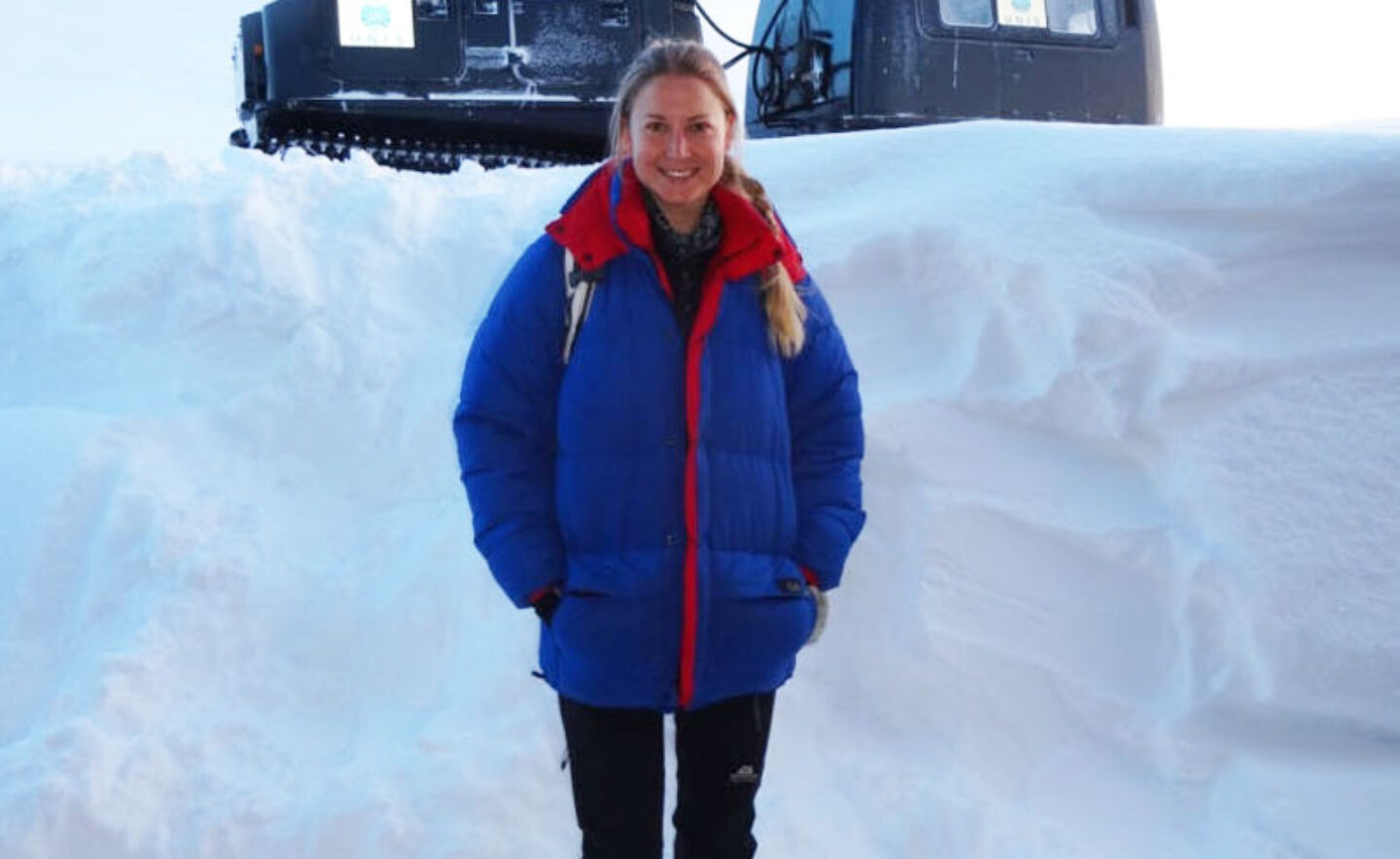
Back from her Arctic adventure, we catch up with plasma physicist, lecturer and writer, Dr Melanie Windridge to talk about her brand new book, Aurora: In Search of the Northern Lights.
What did your love of the northern lights stem from?
The northern lights are a cross-over between the plasma physics that I studied to PhD level and the Arctic and mountain landscapes that I love. I didn’t want to be constrained in the lab; I wanted to be exploring the wonder of nature in the outdoors. So the northern lights attracted me aesthetically, scientifically and geographically.
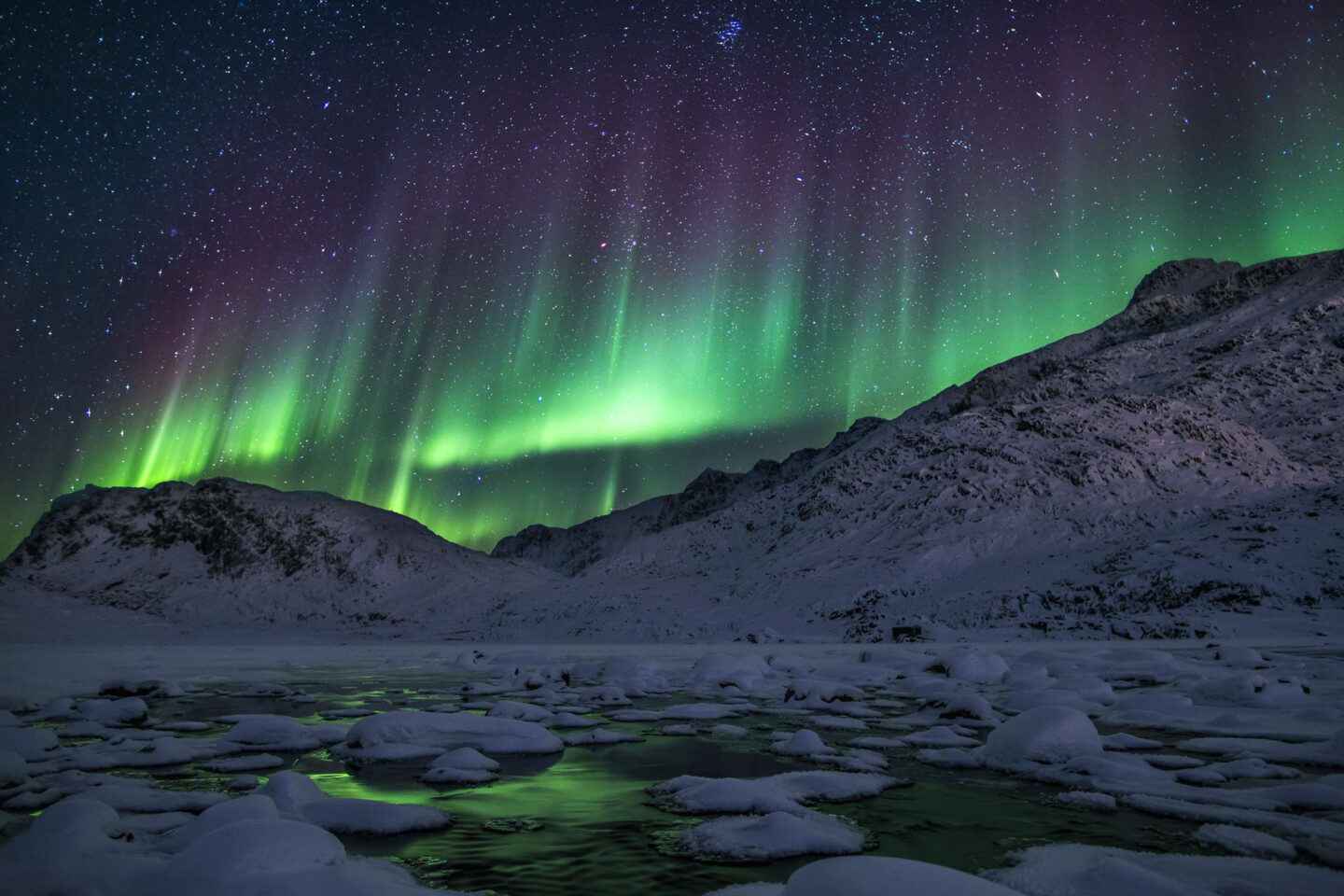
What inspired you to become a plasma physicist?
The energy problem. I was worried about the environment, climate change and energy security and when I heard about fusion energy I thought, “this is the most incredible thing! It could solve all our problems!” Fusion is what is happening in the stars to make them shine. Small particles, like hydrogen, combine to make bigger ones, like helium. It releases huge amounts of energy. But making a star on Earth is really hard to do, so we can’t do it yet. We have made fusion reactions happen, but we can’t yet get more energy out of the machine than we put in, or make a machine that would be viable as a power station. But we are working on it, and it will happen one day. That’s the reason why I studied plasma physics.
How did you come up with the idea for Aurora: In Search of the Northern Lights?
The idea for Aurora grew slowly. I think about these things like a seed of interest that germinates over years and finally emerges as something that, you realise, could actually be interesting to others. It started with my desire to go to the Arctic, particularly Svalbard, and thinking about what I could do and what would be interesting to see. Then I thought about the science and what I could find out where, and if I could tie the science narrative into a journey to different places. I realised that the story of the science of the aurora was bound up with the people and the landscapes of this narrow strip of our planet that we call the auroral zone. I wanted to explore that too. I didn’t know what I was going to find when I went out on my research trips and it was wonderful feeling it all pull together when I was writing.
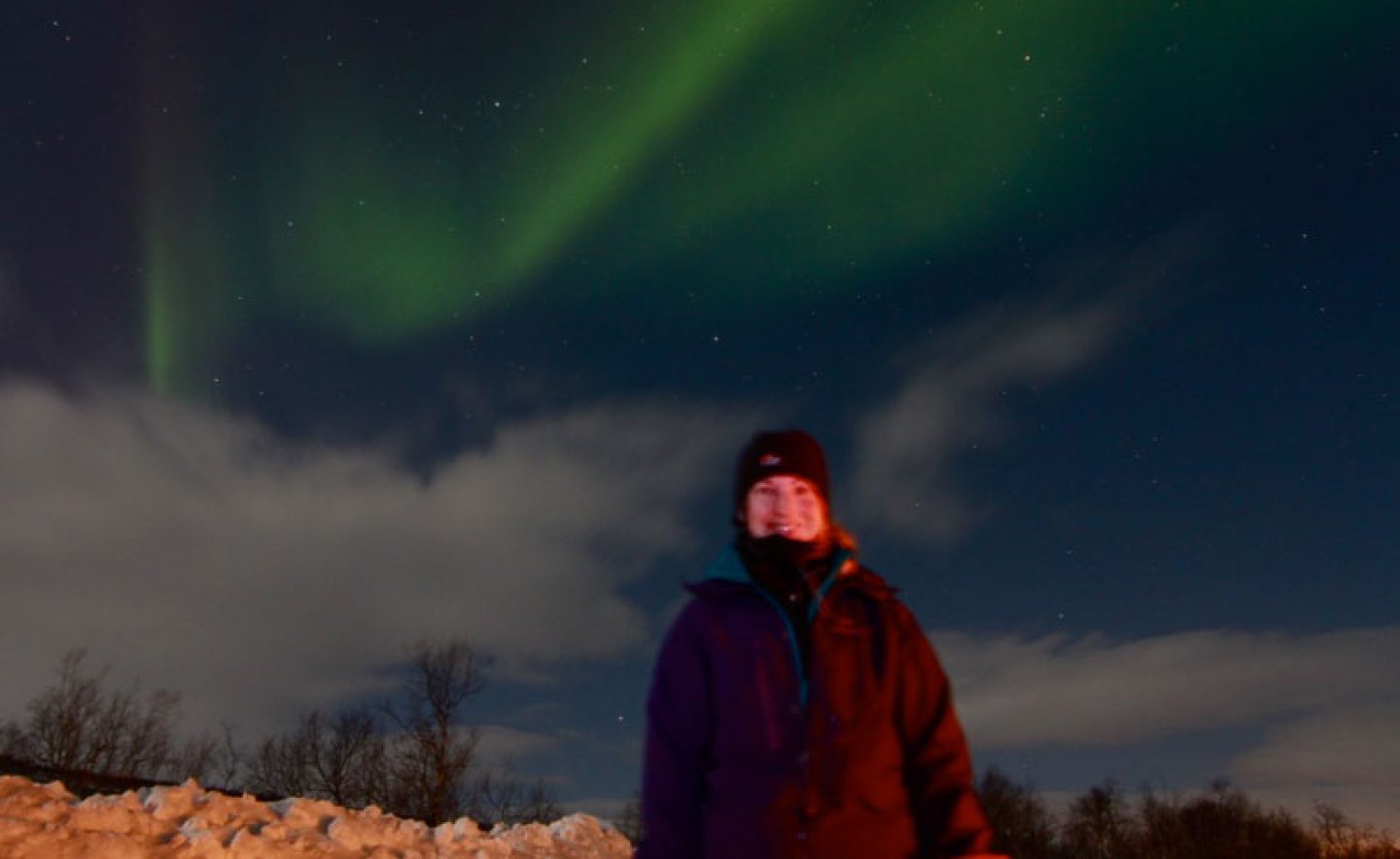
You travelled from the Arctic Circle to Scotland in search of an unforgettable aurora display. What was your most memorable moment, and where?
My most memorable aurora moment was seeing the northern lights just as we were finishing a week’s ski tour in frozen Svalbard. It was dark at the end of a long, tiring day and we were pushing for the road so we didn’t have to camp again. I was struggling up the final hill when my guide ahead shouted, “look behind you!” The northern lights were there, faintly green and stretching up to a zenith above us. It was wonderful to see them. I felt as if they were willing me on.
Other memorable, non-aurora moments include waking up caked in black, volcanic dust after a windy night in an Icelandic campsite (low point), and unexpectedly meeting two Canadian pilots of Aurora aeroplanes at a micro-brewery in Scotland.
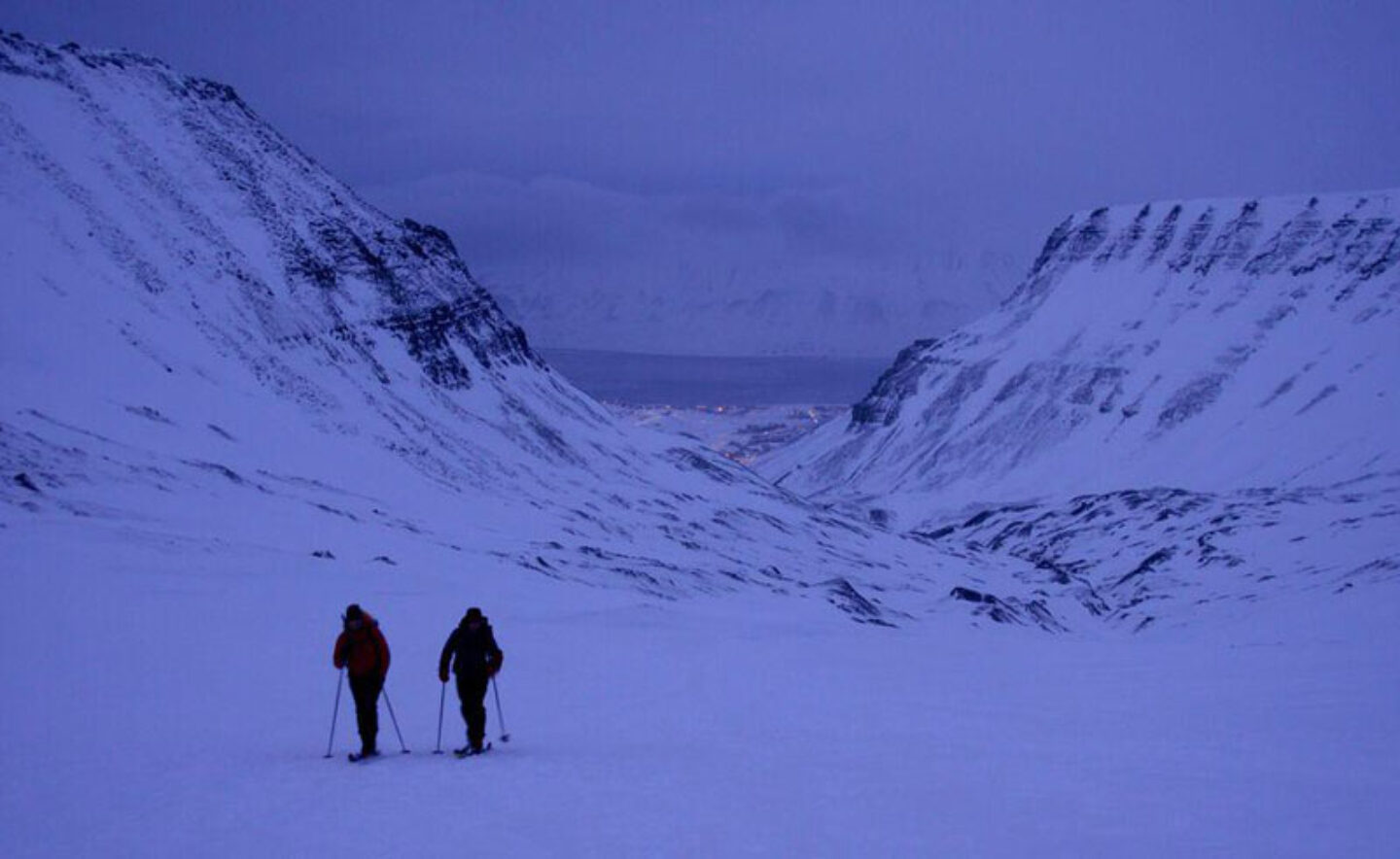
Where is your favourite place to go in search of the northern lights?
I haven’t yet found my favourite place. All the locations where I saw the aurora for the book were unusual, and mostly uncomfortable. I say towards the end of the book that I’m looking for a remote lodge with a log fire and a large window facing north. I’m happy to take recommendations!
Describe your ideal holiday
I like mountains. Being in the mountains always makes me happy, whether I’m out in the remote Himalaya in a little tent or in a chalet in the Alps.
What has been your biggest adventure to date?
Skiing out across Svalbard in February twilight for Aurora. I’d love to say it was being snowed in for two weeks on an expedition in the Himalayas, or climbing at altitude, but (so far) Svalbard was harder. I wanted to experience the aurora in the wilderness as the old polar explorers would have done. And I have never experienced anything like it. Temperatures went down to almost -40. I have never been so cold. Being out there in those temperatures requires such focus.
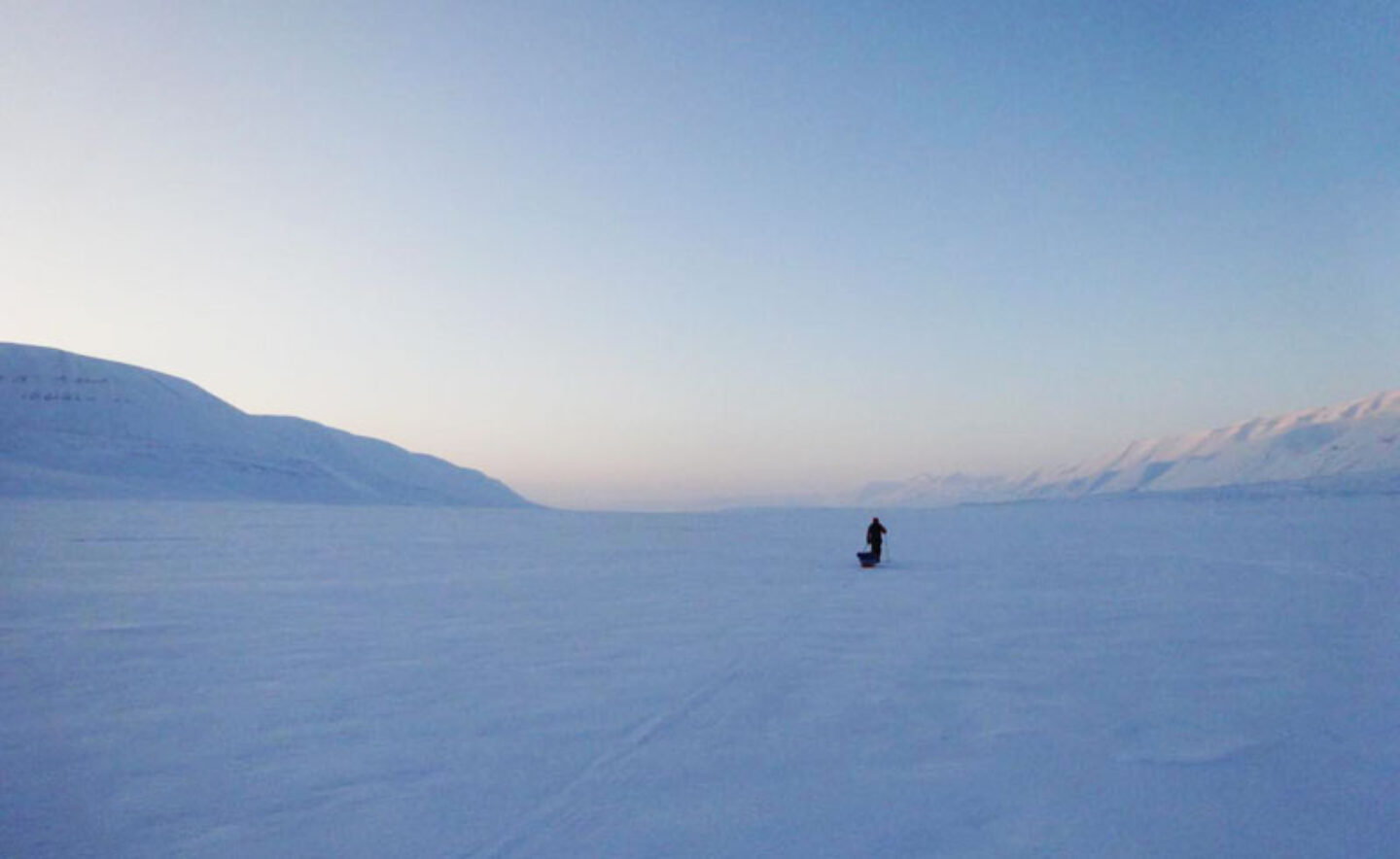
Where’s next on your adventure wish list and why?
I’d like to go to Antarctica because it is so remote and untouched and there is so much fascinating scientific research happening down there.
There are many fascinating Sami myths and legends behind the aurora borealis. What is your favourite Sami myth, and why?
It’s not a myth, but I liked it when a Sami reindeer herder, Knut, told me that when he was a child the northern lights were the “natural babysitters”. Parents would tell their children not to he home late else the northern lights would come down and get them. He said that the children don’t believe those stories anymore – they see too much on the television.
What are you working on now?
As well as promoting this book and working for fusion start-up company Tokamak Energy, I’m increasing the work I do in adventure science. I love looking at science in the outdoors and challenging myself in those environments.
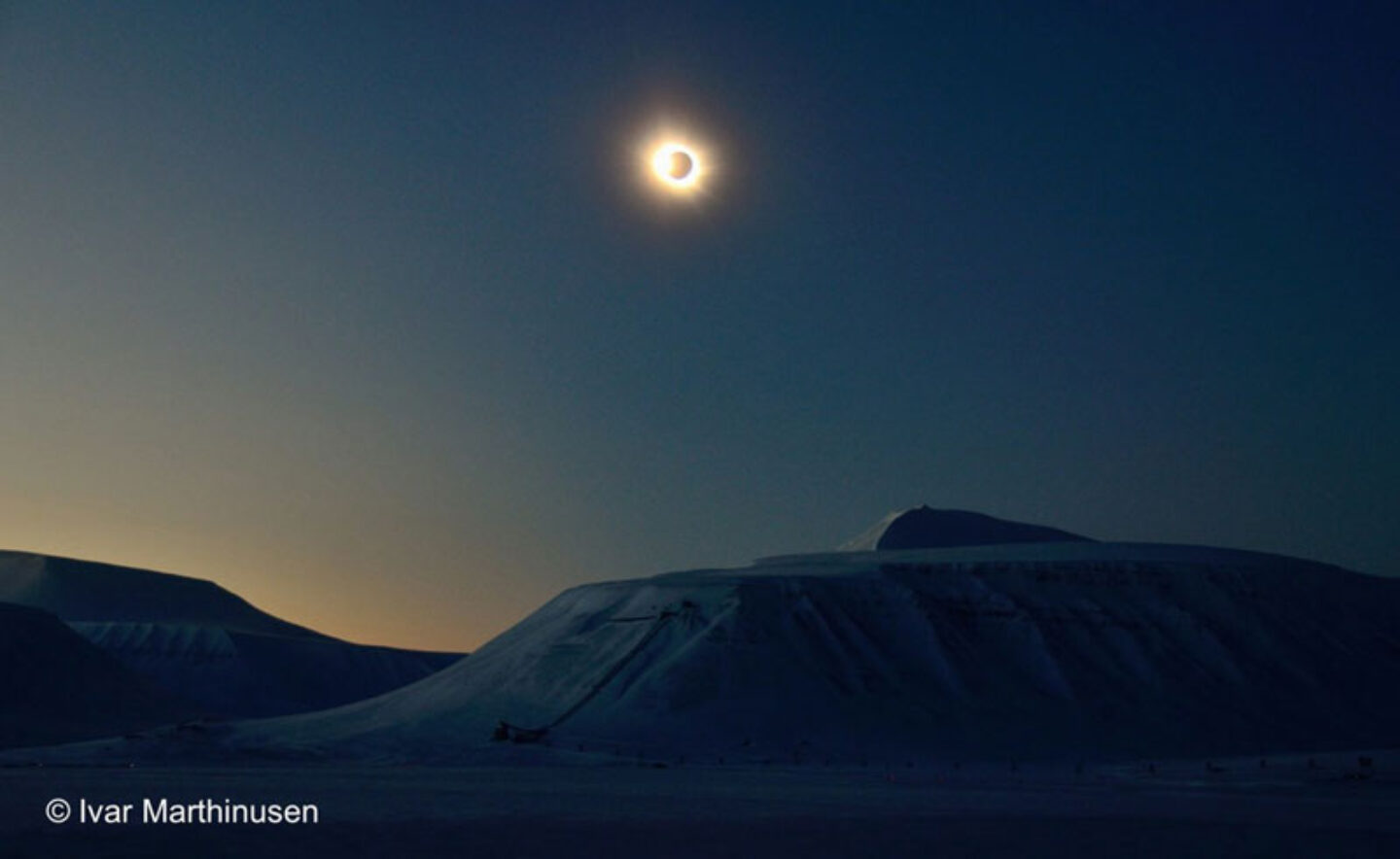
Feeling inspired?
Browse our collection of northern lights holidays, or for help and advice on planning your trip contact our team of Travel Specialists, who will be happy to share their first-hand experience and offer recommendations.
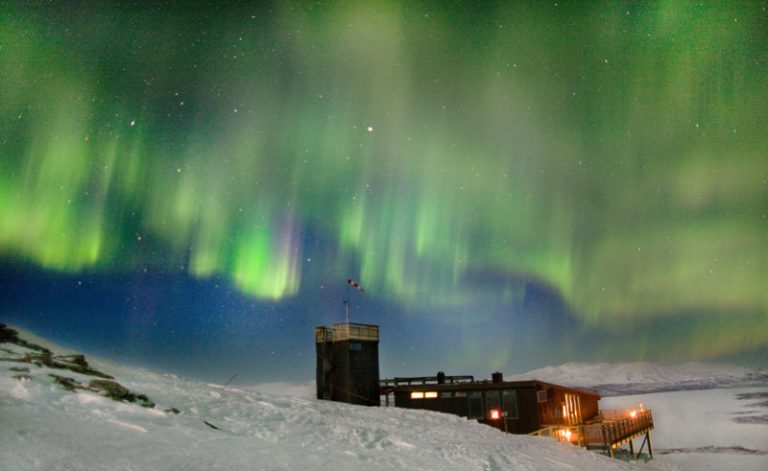
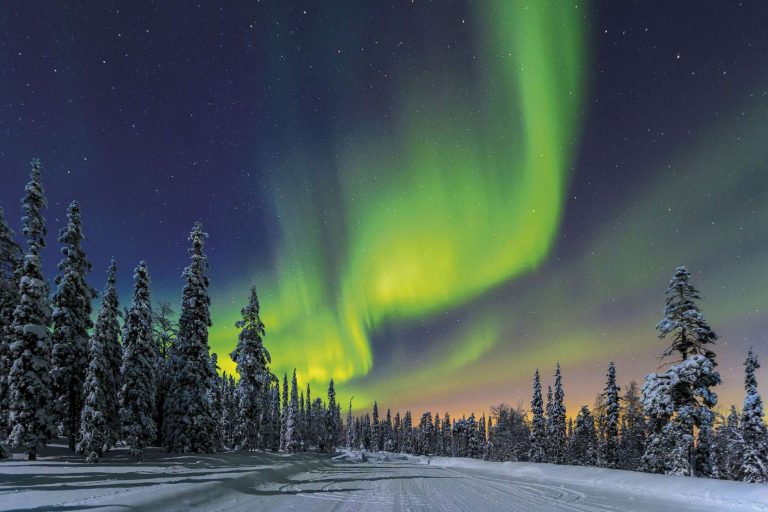
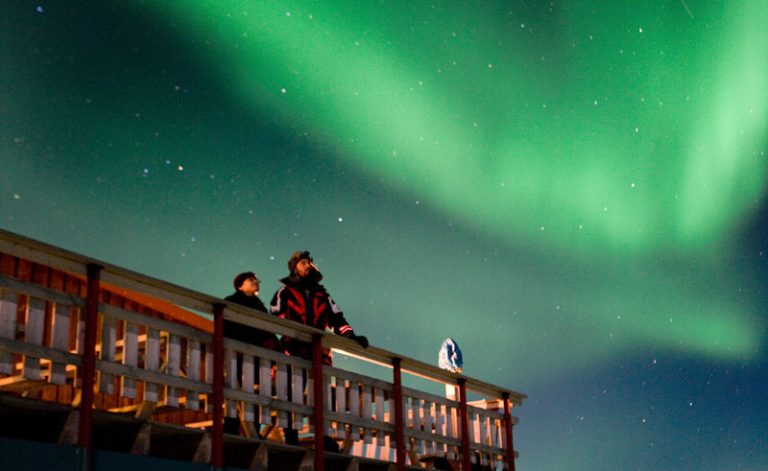
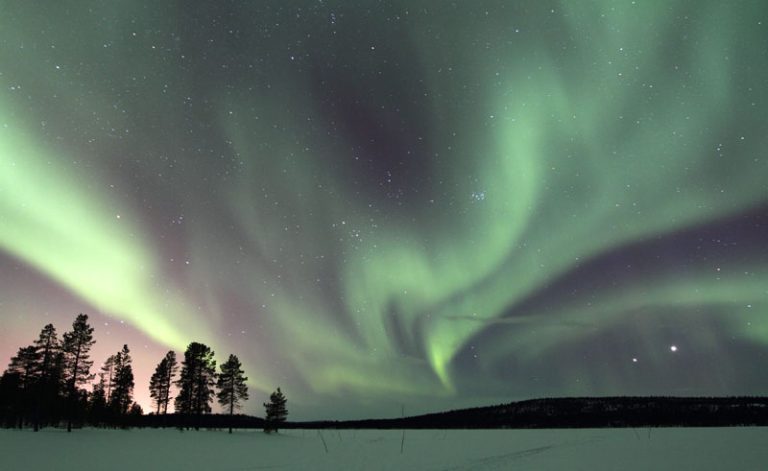
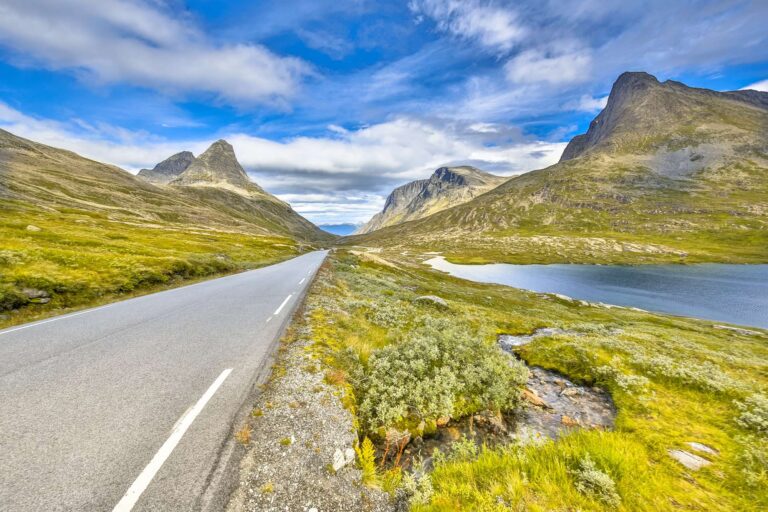
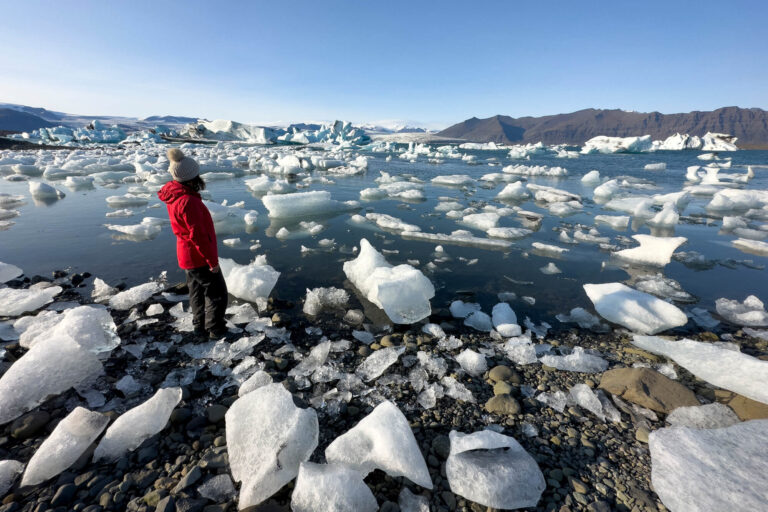
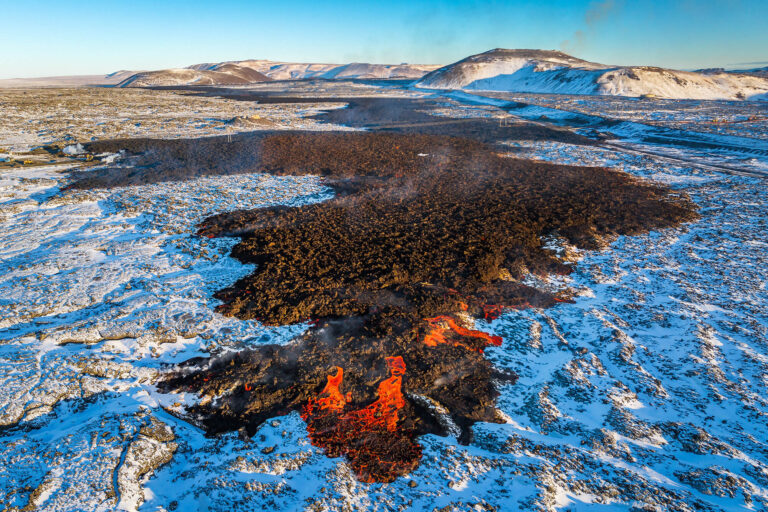



 Instagram
Instagram
 Facebook
Facebook
 YouTube
YouTube